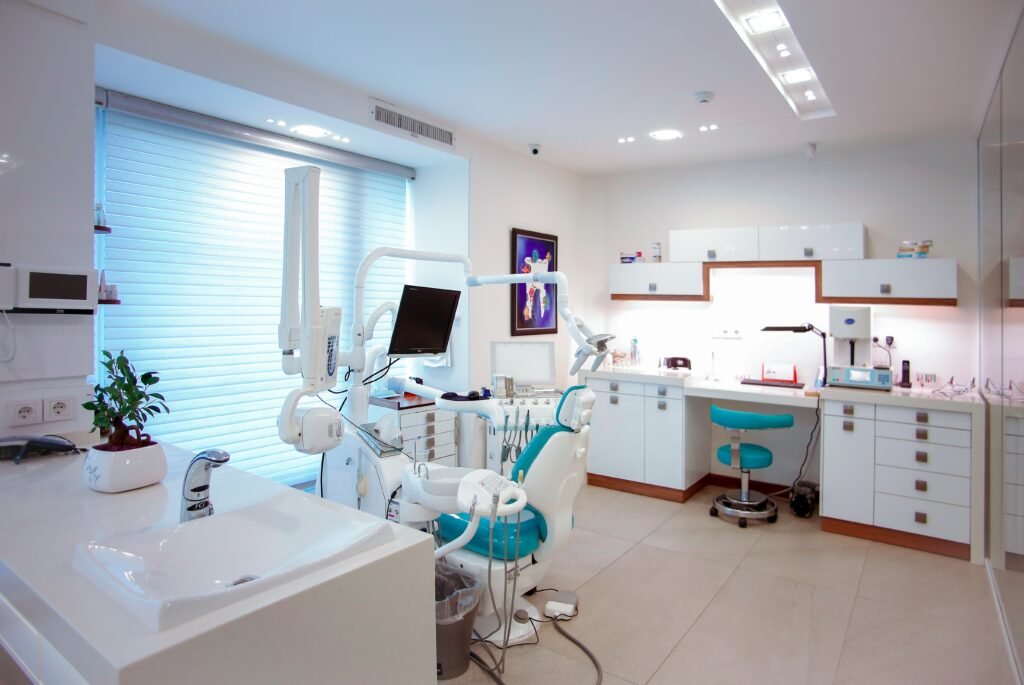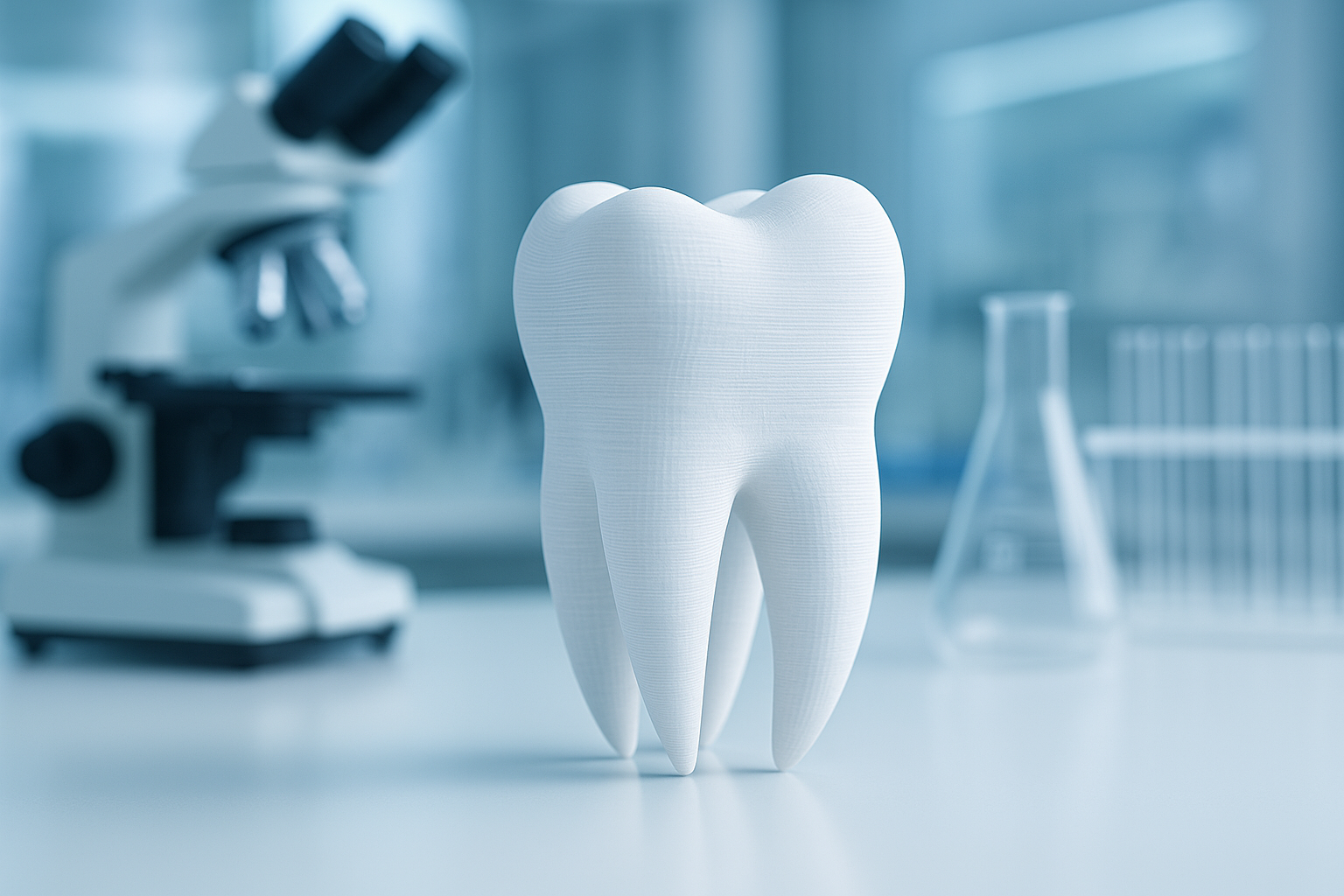Tooth loss, decay, and degeneration are some of the most prevalent global health issues—impacting millions of individuals and putting a significant burden on public health systems. However, new research offers a glimpse into a radically different future for dentistry: one where tooth organoids could be grown in the lab to repair or regenerate damaged teeth.
A groundbreaking 2024 study by Zhang et al., published in Cell Stem Cell, introduces a novel and effective strategy to generate tooth organoids using bioorthogonally cross-linked hydrogels—a powerful leap forward in regenerative medicine.
What Are Tooth Organoids?
Tooth organoids are three-dimensional, lab-grown mini-tooth-like structures that mimic the composition and function of real dental tissue. These organoids provide an invaluable model to study tooth development, disease, and regeneration. In the long term, they could become biological replacements for damaged or lost teeth.
What makes this study especially promising is that it moves away from relying on animal-derived or undefined substances, using a completely defined, synthetic, and controllable hydrogel environment. This offers greater safety and consistency—key advantages for clinical application.
Why Are Hydrogels Important in Regenerative Dentistry?
Hydrogels are soft, water-rich materials used to mimic the natural extracellular matrix (ECM), which supports cell growth and tissue formation. In previous studies, Matrigel—a gelatinous protein mixture extracted from mouse tumors—was widely used. However, Matrigel poses significant limitations due to its animal origin, batch variability, and potential immune reactions.
Zhang and colleagues developed a bioorthogonally cross-linked hydrogel system—a fully synthetic, chemically defined alternative to Matrigel. This innovation allowed for precise tuning of biochemical and mechanical properties to support dental cell development and organoid formation.
Key Highlights from the Research
Defined Hydrogel Design
The researchers used a thiol-norbornene click chemistry method to cross-link synthetic hydrogels. This method allowed precise control over stiffness and cellular interaction through peptide motifs, offering a more stable and replicable environment for dental progenitor cells.
Human Dental Pulp Stem Cells (hDPSCs)
Using hDPSCs, the team successfully generated tooth organoids with clear characteristics of odontoblasts—cells responsible for dentin formation in natural teeth. These organoids expressed critical markers like DSPP and DMP1, essential for tooth function.
Functional Regeneration
Even more remarkably, the team showed that their engineered organoids could form dentin-like structures in vivo when transplanted into mouse models. This demonstrates that the hydrogel-based tooth organoids aren’t just theoretical models—they hold real regenerative capacity.
Long-Term Stability and Reproducibility
The use of defined synthetic materials ensures consistent behavior across experiments, paving the way for large-scale production and potential clinical translation.

Why This Matters for the Future of Dentistry
Tooth loss is currently addressed using prosthetics, dental implants, or bridges—all of which can involve long recovery times, infections, and mechanical failures. Biological tooth regeneration could offer a more natural, permanent solution by restoring full function with living tissue.
This new research marks a significant step in:
Developing biocompatible scaffolds for regenerative therapies.
Avoiding animal-derived products—important for ethical and safety concerns.
Understanding early-stage tooth development for genetic disorders and diseases.
Creating patient-specific regenerative treatments using stem cells.
Applications Beyond Dentistry
Though the focus is on teeth, the implications of this bioengineered hydrogel platform extend to multiple fields. Similar strategies could be applied to regenerate:
Bone and cartilage tissues
Salivary glands
Facial structures for maxillofacial reconstruction
Organoids for drug testing and disease modeling
Challenges Ahead
While this research is transformative, challenges remain:
Scaling production of organoids for full tooth replacement.
Ensuring vascularization (blood supply) within the regenerated tissues.
Achieving complete integration with natural surrounding structures like enamel, nerves, and blood vessels.
Regulatory hurdles for translating lab-grown organoids into approved clinical therapies.
Yet, with the consistent push in biomaterials, stem cell biology, and tissue engineering, these hurdles may be overcome in the coming decade.
Final Thoughts
Zhang et al.’s work represents a pioneering achievement in bioengineered tooth organoids, potentially transforming the landscape of restorative dentistry. By replacing animal-based products with defined synthetic hydrogels, and demonstrating functional dentin generation, they have moved us closer to true biological tooth regeneration.
As dental technologies evolve, treatments rooted in stem cells and organoids may redefine what it means to “repair a tooth”—offering not just synthetic fixes, but organic renewal.
References & Further Reading:
Zhang, Y. et al. (2024). Generating Tooth Organoids Using Defined Bioorthogonally Cross-Linked Hydrogels. Cell Stem Cell.
https://doi.org/10.1016/j.stem.2024.03.004
National Institute of Dental and Craniofacial Research (NIDCR). Tooth Development and Regeneration.

